Berkshire Products, Cleaning & Disinfection, Knowledge Base
Can I Use a Cotton Swab in a Cleanroom?
Faced with the problem of removing small bits of contamination in the cleanroom, you would probably have to invent the swab if it didn’t already exist. You would soon find that this little “wiper on a stick” would also prove invaluable in cleaning delicate mechanisms, in precision surface cleaning and in removing residues in hard-to-reach places. You would find swabs useful for applying small amounts of lubricants as well for cleaning validation in pharmaceutical environments.
You’d figure out that you needed different sizes and shapes of swab heads and different lengths of swab handles to address the various tasks at hand. But in doing so, you would keep in mind that the materials of construction would have to be compatible with cleanroom requirements. So your swab heads would be constructed of knit polyester and the swab handles would be made of polypropylene. You would resist the temptation to use less expensive cotton for swab heads and wood for swab handles, knowing that cotton is a highly particulating fabric with releasable particles and fibers too numerous to count compared to knit polyester. Cotton also has ten times the extractable residue compared to knit polyester. As a matter of protocol, wooden handles, composed of cellulosic material, are not allowed in cleanrooms. All of these factors argue strongly against the use of cotton swabs in the cleanroom.
Since you are aware of all that, you feel comfortable in using polyester-tipped swabs with polypropylene handles that won’t add any contamination to your environment.
View Berkshire’s swab selection online or download our swab catalog today. Need assistance in your selection process talk to one of our contamination control specialists.






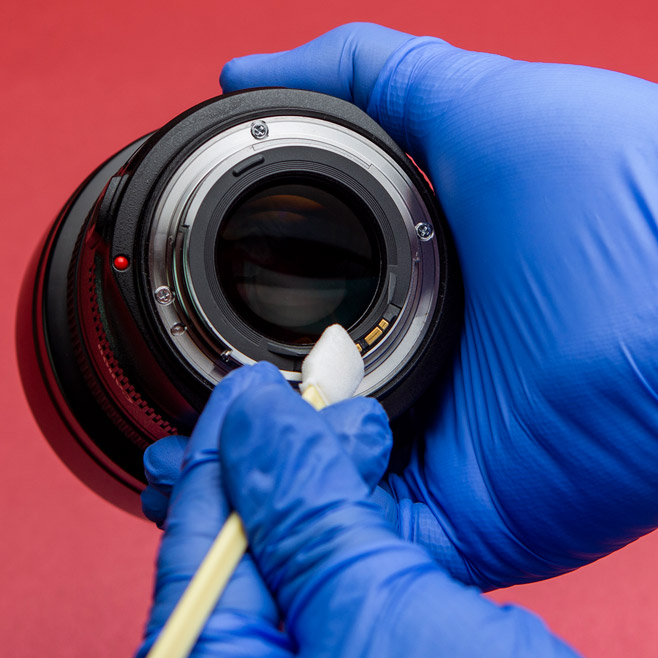



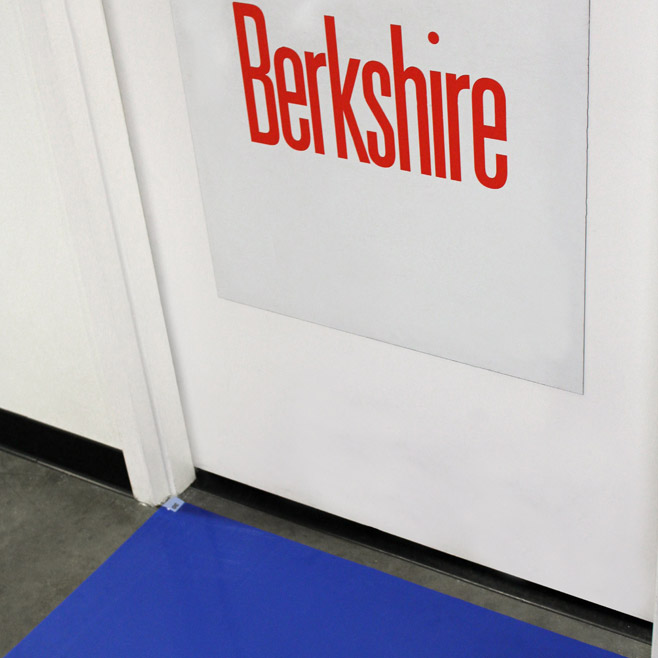




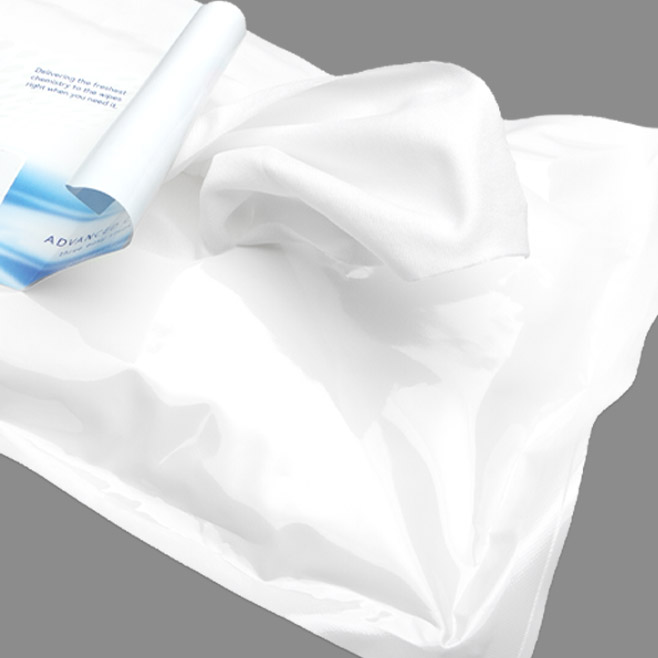
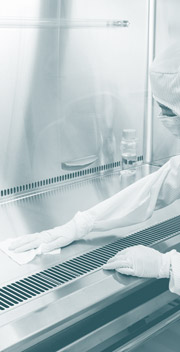

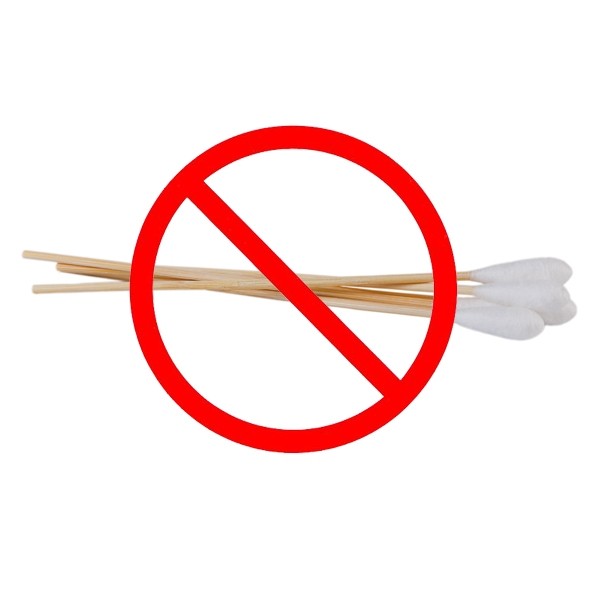

HAVE AN IDEA FOR CONTENT?
We are always looking for ideas and topics to write about.
Contact Us